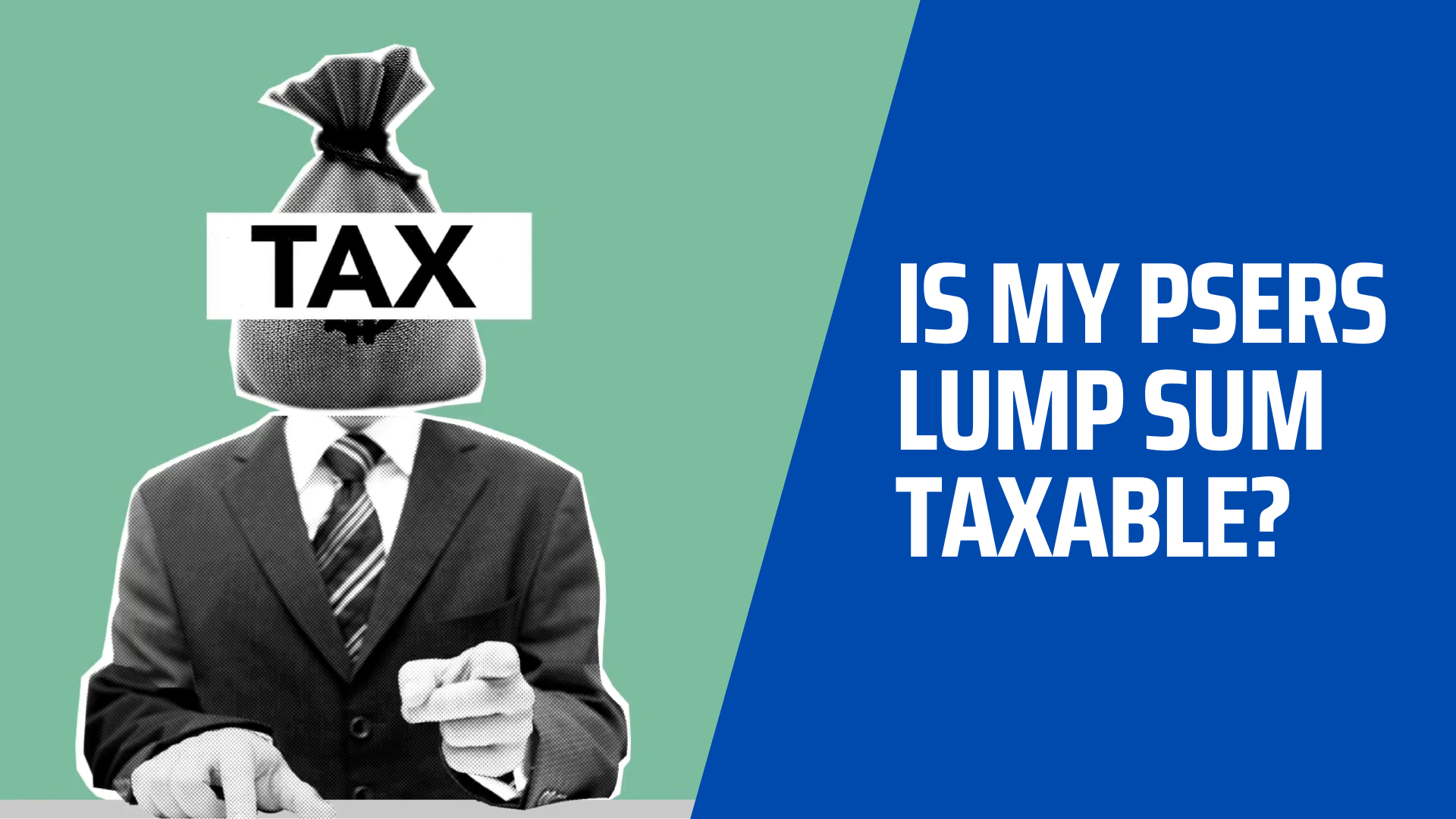*TeachersRetire is not affiliated with, endorsed or sponsored by PSERS*
Retirement can be complicated for Pennsylvania educators. This is especially true when it comes to making decisions about your PSERS pension benefits. An educator retiring during or immediately after the current school year has to choose from five pension options, decide on how to handle their contributions and interest and make several other important financial decisions.
In order to help retirees with pension choices and the retirement application, PSERS offers Exit Counseling sessions. These small group meetings are an opportunity for retiring educators to hear about the pension options, health insurance choices and complete their PSERS retirement application.
Attending an Exit Counseling session is highly encouraged. It can be helpful to hear about the pension and make sure you fully understand everything that you need to do so your pension payments begin on time. However, it is unwise to wait until you are at the meeting to explore the PSERS pension options and choose which is best for you.
While these sessions are helpful and informative, they may not be the best environment for you to make critical financial decisions. Generally, there are a lot of questions being asked of the PSERS representative and you may find that many do not apply to you. Also, the PSERS representative can provide information and clarity but generally cannot offer you advice on your personal decisions. You shouldn’t be completing your application and making retirement choices without feeling completely confident.
The Three Things You Need to do Before Attending Exit Counseling
Choose a Pension Option
Which of the five PSERS pension options is best for you depends on your financial situation in retirement. Before making a pension selection, you should consider your entire financial picture. Therefore, making your decisions at Exit Counseling is not a good idea. You want to make sure that you have taken the time to think through all the options and fully understand how they impact you financially.
There are four important factors that you should consider in your decision as to which pension option is best for you.
Factor #1- Income in retirement other than PSERS
The right pension option for you is the one that will provide you and your spouse enough income in retirement. It is important to start by thinking about all your sources of retirement income aside from PSERS which might include:
- Social Security
- Investment income
- Rental properties
- Business income
- Other pensions or fixed income
What amount of income do you expect from these sources? How long do you expect them to last and how reliable will they be to pay you the income for as long as you need? Will the income change over time or be consistent? The goal here is to put together an accurate picture of your retirement income so you know how much you will need each month from PSERS.
Factor #2- Spending now and in retirement
Figuring out your retirement income is only so helpful without also estimating your expenses. You want to make sure that you will have plenty of income to cover your basic living expenses with enough to spare for travel, charitable giving, helping family and other ways that you want to use your money. The best way to start is to get acquainted with your spending as it stands today. How much do you spend each month or year on the basics (mortgage, utilities, cars, groceries, taxes, etc.)?
To project them out into retirement, think about whether each of these expenses will change in a major way over time. Will you pay off your mortgage in a few years? Will buy a beach house? Will you travel more extensively? The goal is to do your best to take your spending today and make an educated guess as how that will change down the road.
Factor #3- Health insurance coverage
Before moving on from your retirement spending, you should also carefully consider what you will do about health insurance coverage. Most retiring educators will be in one of three scenarios:
- Age 65 or older– In this case, you can apply for Medicare and you should factor the Medicare costs into your spending projections.
- Younger than 65 but can get coverage under spouse’s plan at work– Make sure that you factor any additional payroll premiums into your retirement spending projections and how they will change once you are eligible for Medicare.
- Younger than 65 and no access to coverage under spouse’s plan– If your spouse does not have health coverage through work, you will need to find an alternative. In this case, you (and possibly your spouse) can apply for coverage under the PSERS Health Options Program (HOP), apply for coverage under your employer’s retiree health plan or find coverage through the Pennsylvania healthcare marketplace. Costs for these plans can be significant, so you should factor the premiums and out-of-pocket costs into your spending projections.
Factor #4- Taxes
Unfortunately, you aren’t able to keep all of your retirement income. Your Social Security, PSERS, investment income, and most other incomes are taxable. So, the most important amount to know is how much you will receive in your bank account after taxes. This is the money that you will have to spend. While you don’t need to know what your income taxes will be down to the dollar, it is important to understand where your income and deductions place you in the tax brackets and how than impacts your after-tax income.
Once you have mapped out your retirement income, spending, health coverage and taxes, you’re ready to decide which pension option is best for you. Get started by reviewing your Official Retirement Estimate from PSERS. On it, you will find the monthly pension payment amount for each of the pension options available to you at your expected retirement date. You can determine which pension option provides you the income needed to cover your expenses, after taxes are taken out.
If you are retiring in the next 9-12 months and have not yet requested your Official Retirement Estimate, you can do so here. Before your Exit Counseling session, be sure to make your pension selection in Section 5 of the PSERS Application for Retirement.
Decide what to do with your contributions and interest
Each paycheck, you contribute a portion of your pay to your PSERS account. You can find this on your paystub. Over time, these contributions grow at a fixed interest rate. When you retire, you have the option to withdraw these contributions and interest from your PSERS account. You might ask why you wouldn’t do just that? Who would turn down getting that money back?
While it sounds like a good deal, and for some retirees it is, there is a big trade off. If you take your contributions and interest out of PSERS, your monthly pension payment will be lower. Basically, your decision is to have a lump sum of money today to spend or invest or have higher monthly payments over time.
Before electing to withdraw your contributions and interest, consider the following:
Taxes
Your withdraw amount is fully taxable since you have never paid income taxes on that money. So, be cautious about how you complete Section 4 of the Application for Retirement. You can withdraw your money without paying taxes if you roll it all over directly into an Individual Retirement Account (IRA). Otherwise, you will owe tax on the full amount that is withdrawn.
Money available outside your pension
PSERS is great because it provides you a lifetime income that is consistent and guaranteed. However, one downside is that the monthly payment never goes up. At some point in retirement, your expenses might be higher or you may find yourself needing a lump sum of money. PSERS cannot help with that. If you don’t have much available in retirement and investment accounts to cover these changes, you might want to consider if withdrawing your contributions and interest makes sense.
Make sure your spouse will be financially secure in the event of your death
As you make all these retirement decisions, you should be thinking about how your spouse is impacted. If you pass away, how will their financial situation look? Will they have enough income to live comfortably or would they be in a difficult position? It is especially important to factor your spouse’s financial well-being into your PSERS choices before completing your retirement application.
Your pension options each provide a different benefit to your spouse at your death. Generally, there is a trade-off: the higher your pension payment, the less your spouse could receive. So, you will need to find a happy middle ground between more income now and protecting your spouse.
The Maximum Single Life Annuity and Option 1 both provide a lump sum at your death. However, if you live longer into retirement, those benefits may no longer be paid. Options 2, 3 and 4 all provide a monthly payment to your spouse after your death.
Aside from your pension, be sure to consider the other pieces of your financial picture that could provide your spouse financial security:
- Social Security
- Investment and retirement accounts
- Life insurance
- Passive income through real estate or a business
You certainly want to make sure that your husband or wife is taken care of at your death. Your PSERS pension is a great way to do just that as long as you make your pension selection carefully.



